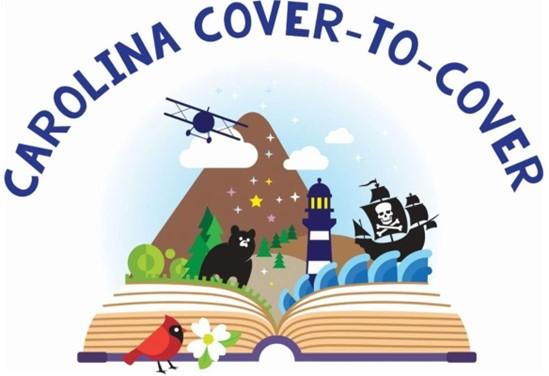History is all around us—especially in books! BEYOND The Exhibits is pleased to present the Carolina Cover to Cover program. This program provides resources for teachers to supplement classroom learning with historical fiction books and story guides for students in Kindergarten through Third Grade.
This year Carolina Cover to Cover will highlight books and story guides from previous school years that connect to topics in North Carolina history. Educators may then check out the featured book from their school or local library and use the Carolina Cover to Cover guide to share lessons from that book.
Each story guide will provide a historical overview to provide context for the book’s story, a list of vocabulary words and terms, discussion questions to explore, and activities that students can complete.

We Are Water Protectors Written by Carole Lindstrom and illustrated by Michaela Goade Roaring Book Press, 2020
Our Carolina Cover to Cover program highlight books and story guides that connect to topics in North Carolina history. Each story guide will provide a historical overview to provide context for the book’s story, a list of vocabulary words and terms, discussion questions to explore, and activities that students can complete.
We Are Water Protectors is told from the perspective of an American Indian child; this bold and lyrical picture book written by Ojibwe/Métis author Carole Lindstrom and illustrated by Tlingit artist Michaela Goade is a powerful call to action to defend Earth’s natural resources—inspired by the Dakota Access Pipeline protests and similar movements led by Indigenous tribes all across North America.
Water is the first medicine.
It affects and connects us all.
Water is sacred.
My people talk of a black snake that will destroy the land,
Spoil the water, wreck everything in its path.
They foretold that it wouldn’t come for many, many years.
Now the black snake is here.
Told from the perspective of an American Indian child, this bold and lyrical picture book written by Ojibwe/Métis author Carole Lindstrom and illustrated by Tlingit artist Michaela Goade is a powerful call to action to defend Earth’s natural resources—inspired by the Dakota Access Pipeline protests and similar movements led by Indigenous tribes all across North America.
Lexile Measure: AD510L.
Available from:
Historical Overview
The Coharie River in Sampson County has long served as the lifeblood of the Coharie Indian Tribe. For thousands of years, the river provided the American Indians in the area with access to sustenance and transportation, as well as a vital connection to their cultural and spiritual traditions.
After back-to-back hurricanes in the 1990s, the Coharie River became clogged with downed trees, logs, debris, and beaver dams. This buildup caused flooding, saturation of farmlands, and, for years, reduced access to the river that was and is such an integral part of the Coharie Tribe’s identity. So, the community decided to do something about it!
Several programs were launched—including the Coharie Tribe’s Great Coharie River Initiative in 2015—with the goal of clearing debris and reclaiming the river. Tribal members from the Coharie, Eastern Band of Cherokee, Haliwa-Saponi, Lumbee, Waccamaw Siouan, and nontribal affiliated locals came together and began clearing the waterway. To date, they have cleared over 10 miles of the river.
To gain a better understanding of the Coharie River’s role in the Coharie Indian Tribe, watch A People and Their River.
Did you know that the Coharie Tribe is not the only group of American Indians in North Carolina? North Carolina has eight state-recognized American Indian tribes!
- Coharie Tribe
- Eastern Band of Cherokee Indians
- Haliwa-Saponi Indian Tribe
- Lumbee Tribe of North Carolina
- Meherrin Indian Tribe
- Occaneechi Band of the Saponi Nation
- Sappony
- Waccamaw Siouan Tribe
Primary Sources
Primary Sources are created at the time of an event, or later by someone who witnessed or experienced something first-hand and shared about it later. We often think of primary sources as old letters, diaries, and documents—and that’s right! But there’s a lot more to consider. Buildings, shoes, portraits, objects, and more are also primary sources. People at the North Carolina Museum of History collect those objects and take care of them. Here is a primary source and artifact connecting to this lesson.
Canoe
American Indians propelled this 30-foot canoe through the waters of North Carolina nearly 3,000 years ago. Canoes were ideal for moving people and things around the shallow reaches of Lake Phelps, in present-day Washington County. Generation after generation of Indians living along the lake’s shores built canoes. The biggest measured 40 feet or longer and could hold almost 20 people. Archaeologists found this boat, along with more than two dozen others, buried in silt at the bottom of the lake in 1986. North Carolina American Indians used canoes for transportation and fishing.

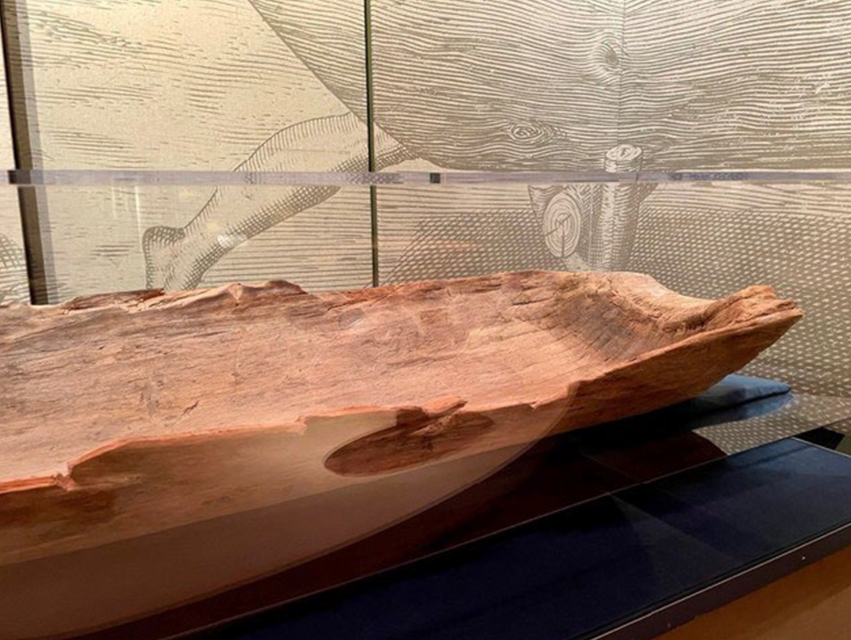
Vocabulary
- Ancestors – relatives from the past
- Culture – a language, custom, idea, or practice that a group of people share
- Tribe – A tribe is a group of families or communities with common cultural practices and beliefs. Some examples of tribes in North Carolina are the Eastern Band of Cherokee, Coharie, and Lumbee.
- Tribal land – a portion of land or reservation that is held in trust by the United States or North Carolina government for American Indians
- Protest – action taken to express disagreement towards an idea, law, or group. People can protest by marching, boycotting, or even by signing petitions.
Discussion Questions
- What is the meaning of the feather the girl holds?
- Why is water sacred to the tribe in this story?
- How do the characters in the book choose to protest?
- What do you think is the lesson the author wants you to learn? Use examples to support your answer.
- “We are still here” is a sentence used several times in the story. Why do you think that is? Hint: Check out the lesson activities for more information on American Indians in North Carolina that are still here!
Activity: KWL Chart
- What do you know about contemporary American Indians and/or the history of American Indians?
- Learn about First Nation people who live near you today and/or in the past and create a presentation about them.
KWL Chart
| Icon | Section | Responses |
|---|---|---|
| I know that... | |
| I want to know about... | |
| I learned that... |
Activity: Fold a canoe!
Imagine traveling down a river some 2,700 years ago in a canoe. If you were one of the first peoples of what we now call North Carolina, you might have used a dugout canoe for fishing, for hauling supplies down rivers and across lakes and sounds, and, possibly, for fighting.
To make a canoe, you would build a fire of moss and wood chips at the base of a tree and let it burn until the tree fell. Then you would set small fires along the length of the log to char the wood. Finally, you would scrape the charred wood with tools made of bone or seashells until the canoe had the desired shape.
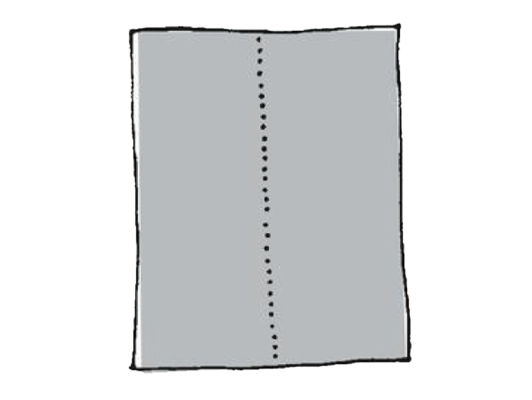
- Fold a piece of paper in half, then unfold it.

2. Fold the two sides to the center line...
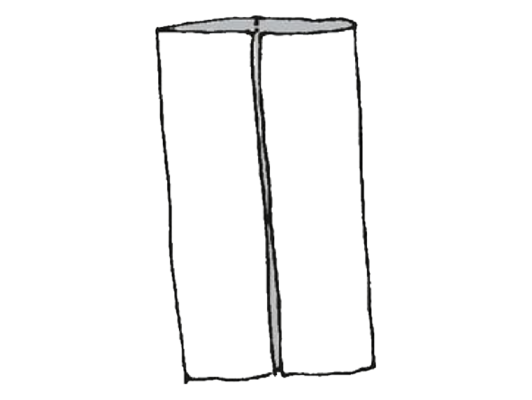
3. ...like this.

4. Fold in all corners.
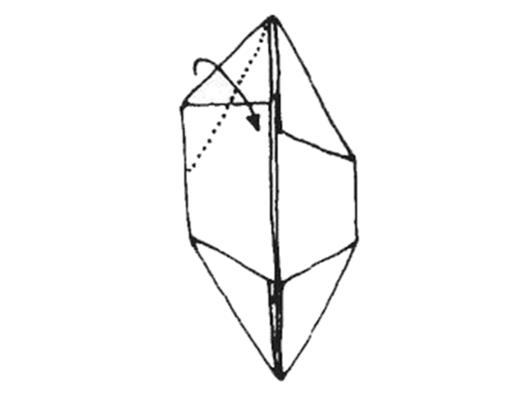
5. Fold four corners in again.
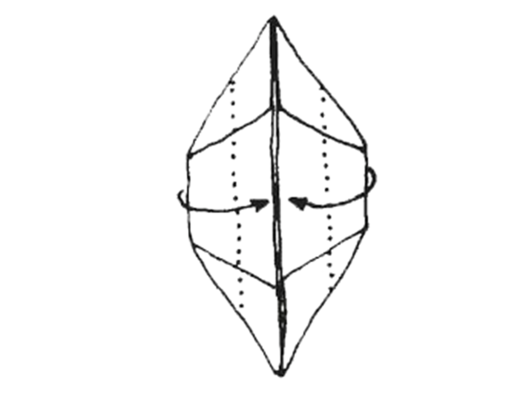
6. Fold two sides to the center.

7. ...like this.

8. Slip your thumbs under all folded-in layers, and turn the canoe inside out...

9. ...like this!
© North Carolina Museum of History

